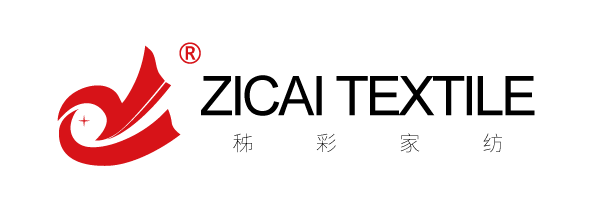The textile industry is an industrial sector that processes natural and chemical fibers into various yarns, threads, threads, tapes, fabrics, and dyeing and finishing products. According to the textile object can be divided into cotton textile industry, home textile industry, wool textile industry, silk textile industry, chemical fiber textile industry and so on. According to the production process, it can be divided into spinning industry, weaving industry, printing and dyeing industry, knitting industry, textile replication industry and so on.
Characteristics of the textile industry
The textile industry is one of the important industrial sectors of the light industry. Compared with the heavy industry, it has the characteristics of less investment, faster capital turnover, shorter construction cycle, and more employment. In particular, its shortcomings restrict the development of the textile industry: backward technology and equipment, insufficient development of new products, and lack of high-quality human resources. The house textile industry lacks talents for brand operation, capital operations, and international exchanges, and it lacks international management experience and complex talents that adapt to international competition. The level of informatization is not high. It lacks the concept of brand management.
Future development strategy of Textile Industry
1. Development core technology
In market economic activities, China's textile industry should further promote the adjustment of industrial structure in order to improve the optimization and upgrading of competitiveness. Increase the development and application of advanced mechanical and electrical integration of advanced textile machinery and high-performance, high-functionality fibers. Through market research and analysis, strive to do a good job of discovering and predicting potential needs, that is, fabrics from textiles and other textile products Start with new technology research and development and clothing design, focus on development, production, sales, and management, improve product grades, and establish a series of integrated development systems from raw materials to products. It is technical cooperation. It learns and draws on its experience in product research and development design, quality management and brand promotion to form its own intellectual property technology brand, enhance the added value of products, and meet the needs of international competition.
2. Implement brand strategy
Innovate brands, adjust product structure, improve product development and design capabilities, and accelerate the implementation of brand strategies. The 21st century economy is a brand economy with distinctive cultural connotations supported by talent and technology advantages. China's textile services should establish an export industry chain integrating product design, proofing, plate making, testing, production, logistics and sales. Cooperate with international buyers and internationally renowned manufacturers, accumulate technology and funds, learn from experience, and create a private brand system as soon as possible. Adopt a form that is in line with international standards to minimize the information and technical differences caused by regional differences, so that brand products can be synchronized with international brands in the initial stage of research and development, so that brand products can form their own personality characteristics and forward-looking fashion.
